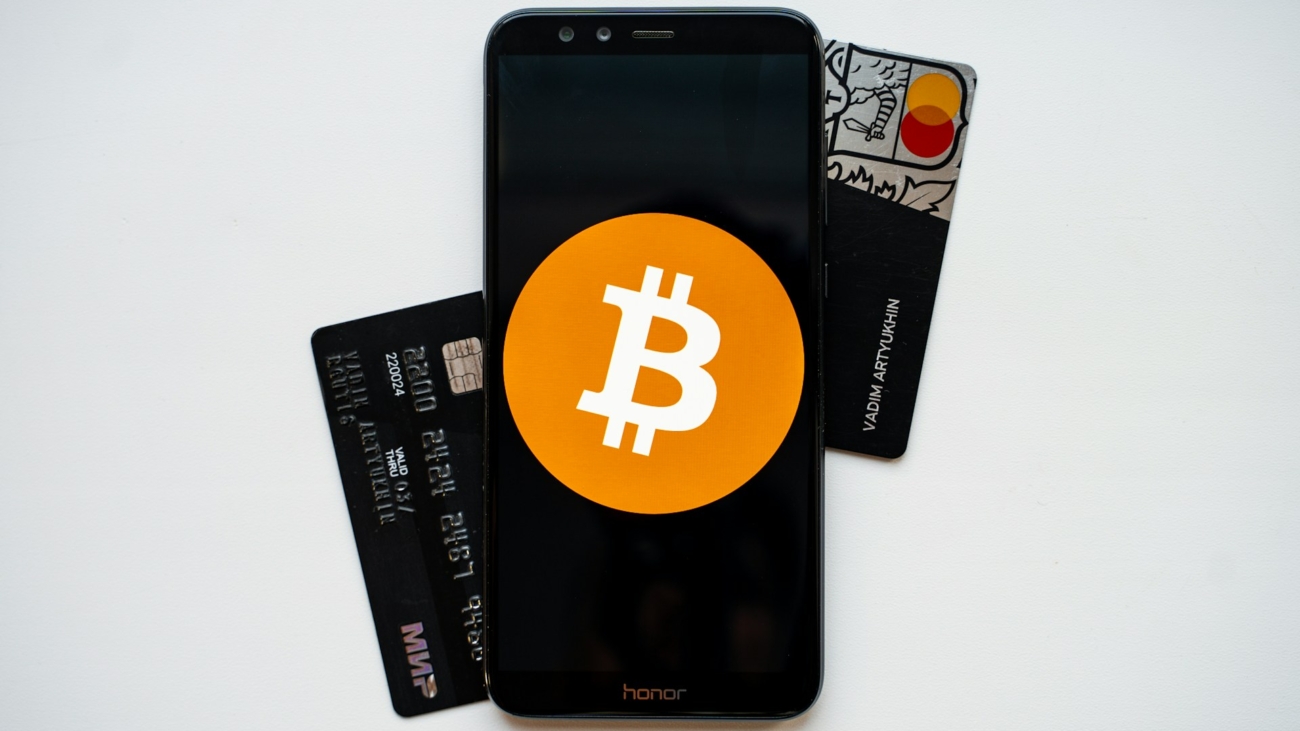In today’s globalized and digitally connected world, the traditional boundaries of the workforce have expanded significantly. Employees are often engaged through flexible work contracts and operate remotely, making it crucial to develop a performance appraisal model that addresses the unique challenges of limited direct contact and limited touchpoints between employers and employees. Integrating blockchain transparency and token ownership can further enhance this appraisal process by providing a reliable and tamper-proof record of performance data. Below is a realistic model for continuous performance appraisals in such a setup:
Components of the Model
- Decentralized Performance Data Collection
- Smart Contracts for Automated Appraisal
- Token-Based Incentive System
- 360-Degree Feedback Mechanism
- Real-Time Performance Dashboards
- Blockchain-Based Record Keeping
- Continuous Learning and Development Integration
1. Decentralized Performance Data Collection
- Task Management Systems: Utilize task management systems (like Asana, Trello, or Jira) to track employee assignments and progress.
- Time Tracking Tools: Implement time tracking tools (like Toggl or Harvest) to record hours worked and productivity metrics.
- Output Quality Assessment: Regularly evaluate the quality of work submitted using peer reviews and automated quality checks.
2. Smart Contracts for Automated Appraisal
- Performance Metrics Definition: Define clear and measurable performance metrics such as task completion rate, quality scores, timeliness, and collaboration effectiveness.
- Automated Evaluation: Deploy smart contracts that automatically assess these metrics at predefined intervals (e.g., weekly or monthly) and update performance records on the blockchain.
3. Token-Based Incentive System
- Performance Tokens: Create a token-based system where employees earn tokens based on their performance metrics. These tokens can represent bonuses, rewards, or additional benefits.
- Transparency and Trust: Use blockchain to ensure transparency in token distribution, providing employees with confidence in the fairness of the appraisal process.
4. 360-Degree Feedback Mechanism
- Peer Reviews: Implement a 360-degree feedback system where employees receive feedback from peers, supervisors, and subordinates.
- Client Feedback: Collect feedback from clients or end-users where applicable to gauge customer satisfaction and service quality.
- Anonymous Surveys: Use anonymous surveys to gather honest feedback about team collaboration and individual contributions.
5. Real-Time Performance Dashboards
- Live Metrics: Provide employees and managers with real-time dashboards displaying key performance indicators (KPIs).
- Goal Tracking: Allow employees to set personal and professional goals and track their progress through the dashboard.
- Transparent Reporting: Ensure all performance data is transparently reported on the blockchain, accessible to both employees and employers.
6. Blockchain-Based Record Keeping
- Immutable Records: Store all performance data, feedback, and appraisal results on the blockchain to ensure data integrity and immutability.
- Accessible History: Allow employees to access their performance history at any time, providing transparency and opportunities for self-improvement.
- Audit Trails: Maintain an auditable trail of all appraisal actions and decisions, enhancing accountability.
7. Continuous Learning and Development Integration
- Skill Development Tracking: Integrate learning management systems (LMS) to track employee participation in training and development programs.
- Personalized Learning Paths: Offer personalized learning paths based on performance data and career aspirations.
- Recognition and Rewards: Recognize and reward employees for completing learning modules and acquiring new skills, linking these achievements to their overall performance appraisal.
Implementation Steps
- Define Metrics and KPIs: Collaborate with stakeholders to define the performance metrics and KPIs relevant to each role.
- Set Up Blockchain Infrastructure: Establish the blockchain infrastructure and deploy smart contracts for performance appraisal.
- Integrate Tools and Systems: Connect task management, time tracking, and feedback systems to the blockchain.
- Pilot Program: Run a pilot program with a small group of employees to test the system and gather feedback.
- Training and Onboarding: Train employees and managers on how to use the new appraisal system effectively.
- Continuous Improvement: Continuously refine the system based on feedback and evolving organizational needs.
Conclusion
A comprehensive performance appraisal model for a globally distributed, blockchain-integrated workforce must leverage automation, transparency, and real-time data to effectively manage and evaluate employee performance. By incorporating decentralized data collection, smart contracts, token-based incentives, 360-degree feedback, real-time dashboards, blockchain record-keeping, and continuous learning integration, organizations can create a robust and fair appraisal system that adapts to the challenges of modern work environments.

